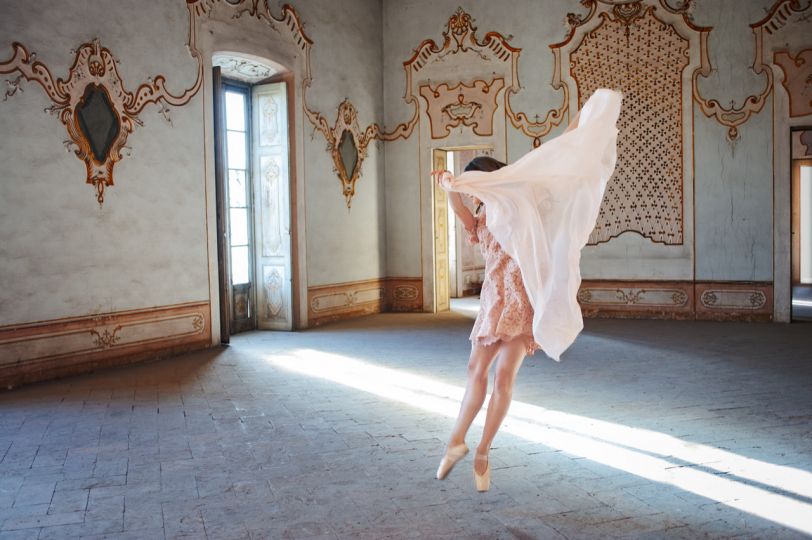“Teaching is my greatest work of art,” Joseph Beuys said in a 1969 interview for Artforum, concluding, “The rest is the waste product, a demonstration. If you want to express yourself you must present something tangible. But after awhile this has only the function of a historic document. Objects aren’t very important any more. I want to get to the origin of matter, to the thought behind it.”
A German Fluxus, Happening, and performance artist as well as a sculptor, installation artist, graphic artist, art theorist and a pedagogue of art, Beuys used his work in a creative and participatory role in shaping art and politics. His life was his canvas, his exchanges are his legacy, and from this comes Beuys Book by Klaus Staeck and Gerhard Steidl (Steidl).
Graphic artist Staeck and printer/printer/publisher Steidl were part of Beuys’ entourage, working closely with him to produce his multiples and objects. They photographed Beuys from 1970 until his death in 1986, amassing an archive of the artist at work, living, breathing, and being one with his art. Weighing in at 736 pages and 455 photographs, Beuys Book is a compelling compendium of moments that are at once intimate and instructive, provocative and extraordinary in the way that they convey the spirit of a man who was inhabited the role of artist as shaman.
“The photos in this book make no claim to being art. But what they do is document an eighteen-year friendship in its many facets and bear witness to an intense collaborative work on the project of art and the public, art and life,” the authors write in the preface. “What is presented here is a selection from hundreds of photos. Our respective authorship is not specified, particularly since, in individual cases, we can no longer figure out which one of us clicked the shutter.”
This befits Beuys’ legacy, as he made it clear, “Human ability is…to think, to produce ideas.” And ideas are without authorship; they exist on a plane of shared consciousness that extends beyond the rational sphere. Consider the image free from the formality of authorship, the idea liberated from the ideologue, the mind unfettered by convention and conditioning and the result is art in its wildest, natural form.
Beuys Book conveys the fierce and untamed energies of an artist who freed himself from machine by transforming process into the thing itself. As Beuys explained, “When I appear as a kind of shamanistic figure, or allude to it, I do it to stress my belief in other priorities and the need to come up with a completely different plan for working with substances. For instance, in places like universities, where everyone speaks so rationally, it is necessary for a kind of enchanter to appear.”
This enchanter appears throughout Beuys Book, equal parts charismatic, provocateur, and spirit guide. As the authors note in the preface, “Beuys was in no way camera shy, patiently attending to each and every photographer, often himself prompting them to record actions and situations. As in Chicago when, at his glimpse of the legendary movie theater ‘Biograph,’ he spontaneously reacted to the end of the American gangster John Dilinger with an action.
“Only very few artists have consciously used public appearances in the art or the political domain as an element of their work. Beuys was omnipresent in all media as a protagonist within the concept of art that he expanded and as a champion of ‘social plastic.’”
It is Beuys’ legacy that his teachings have become part of our discourse on the role of art, artist, and pedagogue in the creation of modern life. Beuys Book reminds us that the photograph and the book play a vital role in this process, recording life as the ultimate expression of art itself.
Miss Rosen
















